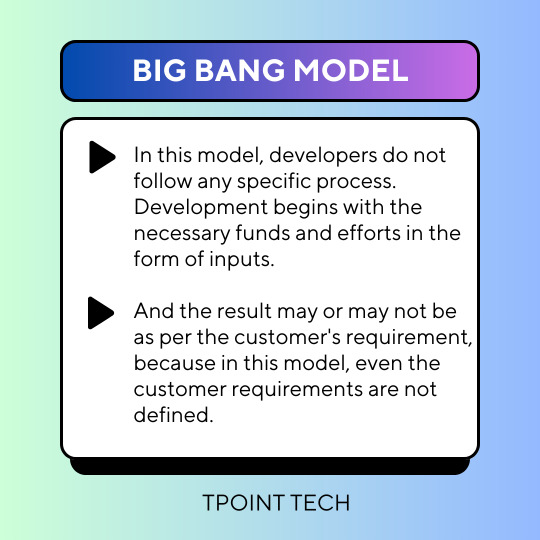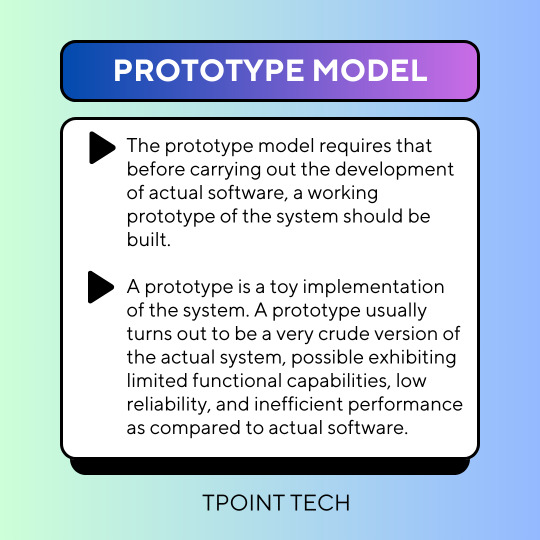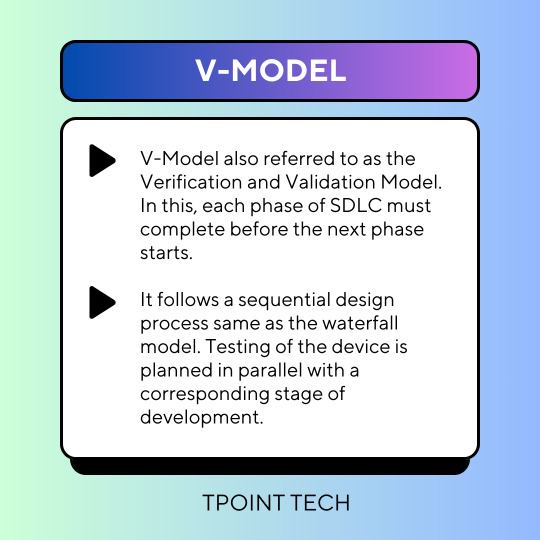#bigbangmodel
Explore tagged Tumblr posts
Text

Big Bang Model . . . . for more information and a tutorial https://bit.ly/3BMRP5O check the above link
0 notes
Text
19 Q Theory Part 3 - Evolution of the Universe (contd.) 31Aug17
Introduction
In the last two blogs I started describing a new creation myth, written largely for fun, but also to present some ideas and provoke some fresh thinking about the fundamentals of physics. The next few blogs will give a fanciful description of how the Universe evolved, and is still evolving, and what is driving its expansion.
The Heating Epoch
The electrons and positrons form a sea within the Q. Why don’t they all just annihilate each other? Partly because they do not encounter each other fast enough and partly because they are continually being recreated.
The Universe at this stage is cold. Kinetic energy is not yet very evident. The only things moving much are the neutrinos. But that is about to change. When electrons and positrons annihilate each other they release an intense disturbance in the Q. Electromagnetic radiation. Photons.
Photons become very important and there is much to say about them. There is a blog or two earlier on in this series all about photons (or phots as I renamed them to get away from old fashioned mental mind traps).
Photons convey energy, spin and momentum from one place to another. But at this stage in the Universe the photons cannot travel very far. There are too many charged particles in the way. So they are absorbed again.
However, the photons have both energy and momentum. When they interact with electrons and positrons they create movement in those electrons and positrons. Lots of movement. Lots of kinetic energy. Heat. Lots of heat. The temperature rises dramatically.
The Sub-Atomic Soup
The Universe now has an almost un-measureable amount of electrons and positrons, photons, neutrinos and heat.
The electrons and positrons interact with each other in high energy events. These events give rise to a whole family group of semi-stable clumps of Q called quarks. The quarks in turn form larger semi-stable clumps of mater called muons and mesons.
Eventually, clusters of 1836 electrons and positrons form which are stable. It has a mass close to 1837 because it requires some extra Q to glue it all together. The cluster has a neutral charge and is called a neutron. Or it might be an anti-neutron. Neutrons and anti-neutrons start to appear everywhere. Neutrons have spin of ½.
Free neutrons are stable but not entirely. They have a mean lifetime of 14 minutes and 42 seconds (using Earth time which does not yet exist). The most common form of decay involves the ejection of an electron and an anti-neutrino. What is left behind is a proton. This has mass 1836, charge of 1 and spin of ½. It appears to be totally stable.
It would be very interesting to find out what is special about the number 1836. Q theory has a lot of sympathy for the idea that a neutron and other subatomic particles of matter are “knots in the Q”. The hope is that there is a geometric explanation for the way that these are pieced together. But for now the best explanations are based on “chromo-quantum mechanics” and gauge theory mathematics.
In our Q theory creation myth, the Universe now consists of Q, stable particles (electrons, positrons, neutrons and anti-neutrons), lots of neutrinos (and antineutrinos), lots of photons, lots of small intermediate particles (quarks) and lots of intermediate particles (muons and mesons). Quite a soup! But this is still only the beginning.
The Universe has become filled with subatomic particles, both matter and antimatter. However, although many of the constituent elements are stable or at least semi-stable, the overall mix is not.
The stage is set for a great cataclysm – the destruction of half the Universe.
[20th century physicists have spent a lot of time smashing atoms to see what they are made of. Theorists then spend a lot of time developing mathematical representations to try to put all the bits into some sort of order. Particles are divided into Bosons and Fermions. Fermions into Hadrons and Leptons. Hadrons into Baryons and Mesons. Particles are assigned colors, strangeness and charm. Occasionally the mathematical models reveal patterns with known particles occupying most of the slots but some slots still empty. The vacancies are later filled by discoveries of new particles.]
The Great Cataclysm – Charge Parity Violation
So far the material in this myth has symmetry – equal abundance of electrons and positrons, positive and negative particles, matter and anti-matter. And all the events in this early universe have mirror images.
But each interaction promotes more interactions. Largely due to neutrinos and anti-neutrinos careering all over the place. Cascading chain reactions. So the Universe becomes unstable. Its evolution reaches a cross-roads. It is on a knife edge. It could go one way or the other. A Universe as we know it, or an anti-Universe.
A cataclysm occurs. The positive matter chain reactions win out over the negative matter chain reactions. This might have been random. Next time it might go the other way. Or it might have been triggered by the lack of complete symmetry.
(Not everything is entirely symmetric. So things only work one way. Neutrinos carry energy, not anti-energy. Gravity is attractive, never anti-attractive. Inertia is resistive, never the opposite. And some properties of nature have a finite floor, but no ceiling. For example, temperature has no upper limit but can never fall below minus 273 degrees centigrade.)
The Universe becomes filled with matter. The negative charges end up in electrons. Other negative charges combine with positive charges and end up in neutrons and protons. Left over positrons and antiprotons and antineutrons more or less disappear, except for temporary appearances following nuclear collisions.
This explains the missing anti-matter in our Universe, otherwise known as the mystery of charge parity violation.
Strong Nuclear Forces
Protons and neutrons form a small set of other stable nuclei. If they capture sufficient electrons they become various versions of the nuclei for hydrogen, helium and even lithium 7.
Q theory tries to keep everything as simple as possible. It is motivated by a desire for beauty and simplicity, order and harmony. If the storyline is becoming really complicated, with dozens of dimensions and weird mathematics, then the hope is that this is the fault of the observer and not of the creator.
Which is a long winded introduction to a short comment about the strong nuclear forces that hold atomic nuclei together. In short, Q theory is reluctant to add weak and strong forces to the panoply of creation. It already has pressure, charge, spin and the twin effects of gravity and inertia. It would like to be able to explain both strong and weak nuclear forces using no more than all of this. But that is a challenge too far at this stage.
The First Hydrogen Atoms
The next stage of this creation myth is that the small naked nuclei acquire electron shells. Eventually about 90% of the normal matter in the Universe ends up as hydrogen.
The fact that a proton and a passing electron do not simply snap together and destroy each other is of vital importance. And yet still something of a mystery.
The early concept of an electron as a little ball whirling around the proton like a satellite in orbit fails to explain more than it answers. So how are we to think of the electron in a hydrogen atom?
In Q theory an electron is the tiniest stable bit of concentrated Q. It is spin stabilised and it has a “vectorizing” effect on the Q all around it, plus a miniscule gravity effect. A proton is 1836 time heavier than an electron, but it only has the same magnitude of charge and the same magnitude of spin as the electron.
What happens if a proton encounters an electron in free space?
The gravitational attraction is very much weaker than the charge attraction and I think it can be ignored for the formation of atoms. The Q fields around the electron and the proton meet each other. As a result the electron is drawn to the proton. The electron acquires more kinetic energy. The Q field between them intensifies. The whole process goes faster and faster.
Then snap. The electron disintegrates. In an instant it becomes a cloud of Q around the proton. A shell. All that is left of the electron is its Q, which is more or less the same as its energy, its charge and its spin.
An atom of hydrogen is born. No net charge, no net spin. Stable. And enormously bigger than a proton. The diameter of an atom is about 10,000 bigger than that of its nucleus. If the nucleus of an atom were the size of a tennis ball, the electron shell would be about a kilometer away.
Our Universe now has a reasonably good unit of distance – the size of a hydrogen atom.
Larger Atoms
A helium nucleus attracts a shell with two electrons. Each electron has opposite spin. This is the only way the double shell can be formed.
As the nuclei get progressively bigger, the structure of their electron shells becomes more complicated. The most useful mathematical models involve spherical wave formations and harmonic oscillations in these. Note the Pauli Exclusion Principle – two identical electrons cannot exist in the same state.
The Universe Becomes Transparent
The formation of baryonic matter removes a lot of naked charges from the early Universe. The Universe becomes less like a hot plasma and more like the Universe we know today.
A new phenomenon appears – the Universe becomes transparent to the movement of photons. Light. In fact the whole electromagnetic spectrum. Photons stop being destroyed almost as soon as they are created. The sea of electrons and positrons in the primeval plasma has become a much less densely populated sea of nuclear material and atoms. This enables photons to travel extensively. “Let there be Light” (Genesis, Verse 4)
Bubbles in The Q
In this creation myth a remarkable thing happens when an atom of hydrogen is formed. Relative to the size of a proton, an atom of hydrogen is enormous. All of a sudden this new entity starts popping up all over the emerging Universe and it is much bigger than anything else so far.
Q theory suggests that the area between the nucleus of an atom and its electron shell(s) is a trapped zone of low pressure Q. As a result all the Q outside of the atom is put under extra pressure. The process of hydrogen formation creates pressure all over the Universe. As a result of this pressure the Universe expands.
The formation of hydrogen atoms creates ‘bubbles in the Q’ and this forces the Universe to expand, almost like the bubbles of carbon dioxide in the baking of a cake.
As with the rest of Q theory, the suggestion may have no merit. But then again it might. At least it provides a way to account for an expanding Universe without relying on some mythical big bang 13 billion years ago.
Furthermore, if the acceleration of the Universe is increasing, then the bubbles in the Q idea offers a potential explanation for why this might be so. Continuing formation of hydrogen and other simple atoms could be the source of the mysterious “dark energy”.
If the epoch of the formation of hydrogen happened quickly then maybe this epoch could be considered to be a sort of “big bang”. However, Q theory thinks the “big bang” label and the images it inspires are unfortunate.
Q theory is just a myth. But it is partly motivated by the suspicion that some of the Big Bang model is just a myth as well.
Future Expansion of The Universe
Q theory has a simple model for what causes the Universe to expand. It is just pressure from the creation of atoms. And once the matter in the Universe acquires motion there is nothing but the weak effects of gravity to stop this continuing. Until the Universe becomes stretched too far. Then maybe the pressure will become “normal” or even negative and the expansion will stop. In fact the process of expansion might eventually reverse.
I quite like the notion that the Universe might be “closed” or even that it might oscillate in the sense that this Universe might have been reborn out of the remnants of a previous Universe. However, this is a theoretical fancy of no practical use.
Anti-Gravity
For anti-gravity to exist there has to be a high pressure zone in the Q that tries to normalize itself by pushing away any surrounding matter. But concentrated Q tends to turns into matter, which is extremely concentrated Q, thus creating a low pressure zone again. If the process of Q turning into matter is prevented anti-gravity might become possible.
Whereas gravity results from matter and energy trying to fill in low pressure areas in the Q, the expansion of the Universe is the result of Q pushing matter and energy away. So, in a sense, you could say that the expansion of the Universe is driven by anti-gravity.
How Old is the Universe?
The question of “how old” is the Universe” is “ontologically naïve” and has no satisfactory meaning, and hence no satisfactory answer. You may as well ask “how heavy is beauty”?
In Q theory electromagnetic radiation can only start travelling at a secondary stage in the evolution of the Universe. The only carriers of information prior to that were the neutrinos and they are extremely difficult to detect. So, although when we look into deep space we are seeing back in time to when things were very much younger, we aren’t receiving any photons from before the epoch when the Universe became transparent.
The main problem however, is that the question “how old is the Universe” assumes and requires a notion of time which is invalid and therefore has no answer. It is not meaningful, even conceptually, to imagine the evolution of the Universe as a three dimensional movie which can be run backwards to find out what happened at the beginning.
See the essay on Special Relativity for a discussion that time is nothing more than sequential events. There is no universal or absolute time. There is no universal standard of time that has anything other than a local meaning. There is no well defined rate at which we can run the movie of the Universe’s evolution backwards.
The earliest stages of the Universe had no meaningful definition of time. The stages of the Universe after the creation of atoms exhibit a general expansion and the rate of expansion does provide a sort of timeline. But whether the rate of expansion has always been the same, or whether it is the same everywhere, is too early to tell.
Summary
Okay, this Part 3 was just a bit of fun. But it did tackle at least raise some big issues in physics – the mysteries of charge parity violation, the expansion of the Universe and why there is no anti-gravity. Hopefully it encourages others to question whether the current orthodox models solve everything – they don’t.
#creation of atoms#Q Theory#formation of atoms#cosmological pressure#expansion of the Universe#Charge parity violation#creation myths#big bang model#Qtheory#ExpansionoftheUniverse#BigBangModel#ChargeParityViolation
0 notes
Text

Prototype Model . . . . for more information and a tutorial https://bit.ly/4eMRmPz check the above link
0 notes
Text

V-Model . . . . for more information and a tutorial https://bit.ly/42vOinf check the above link
0 notes